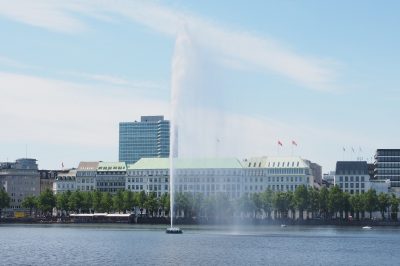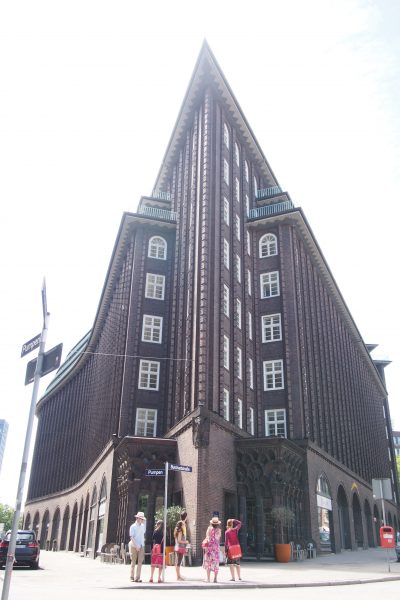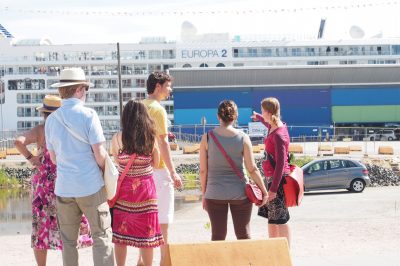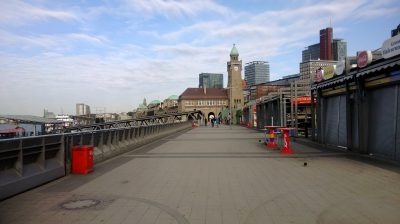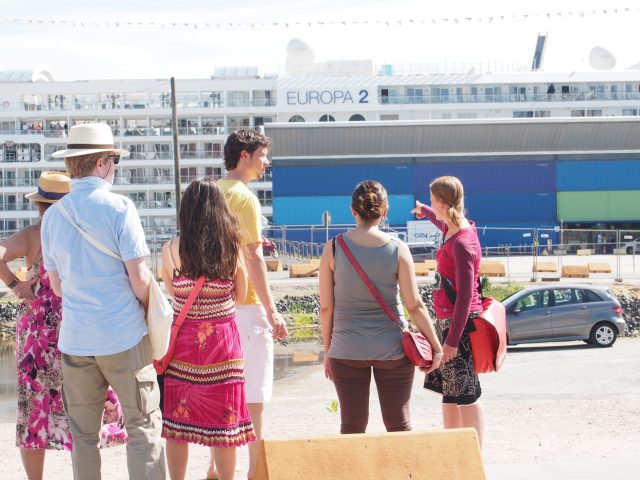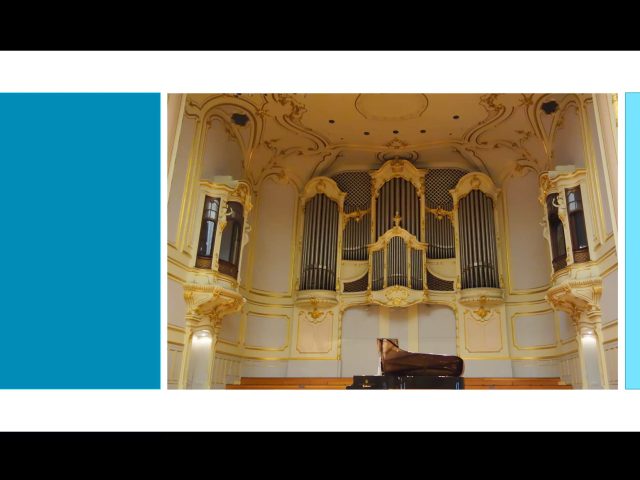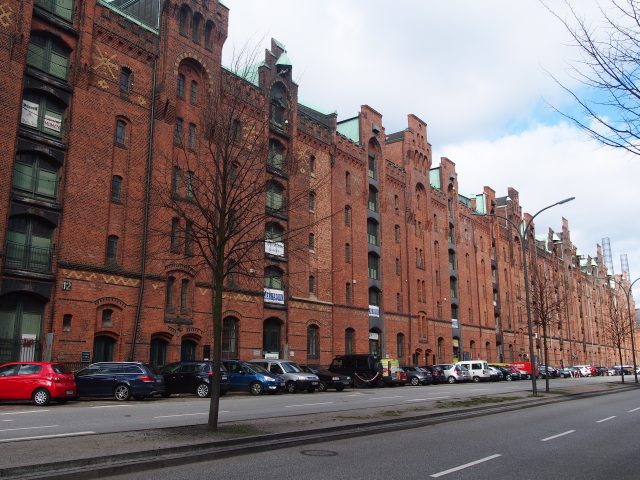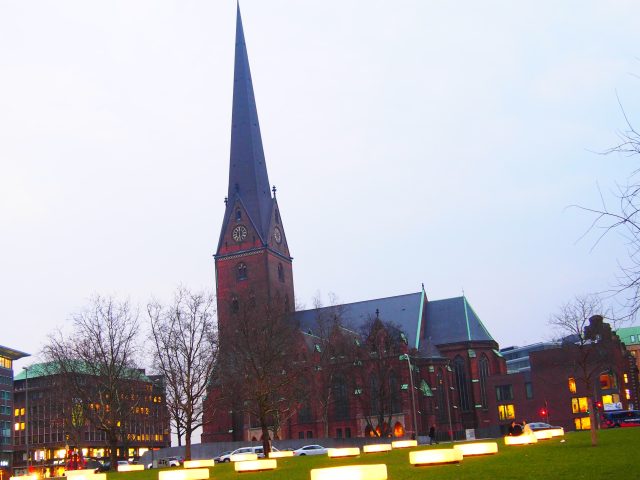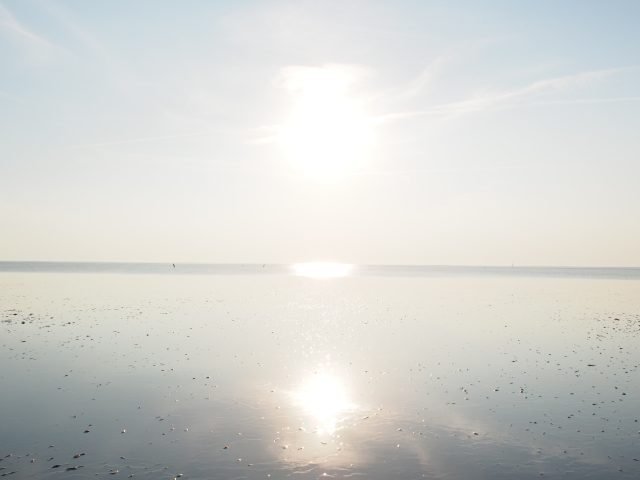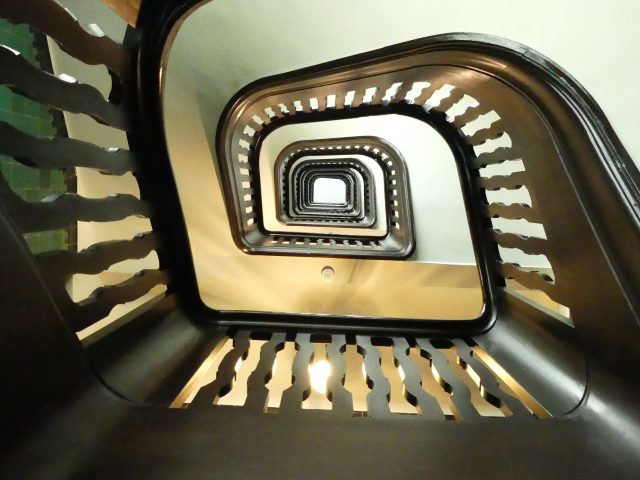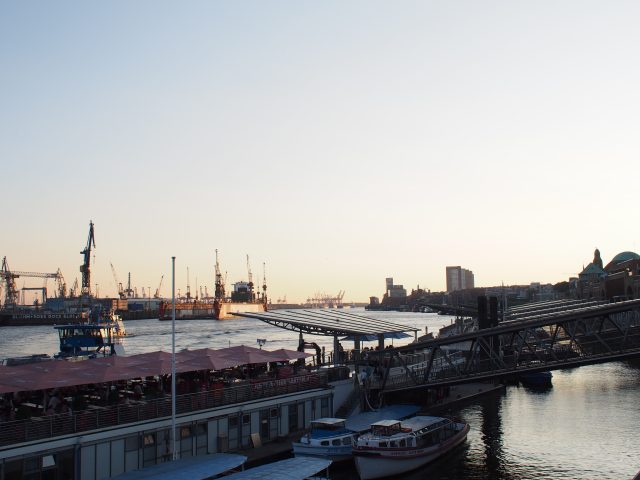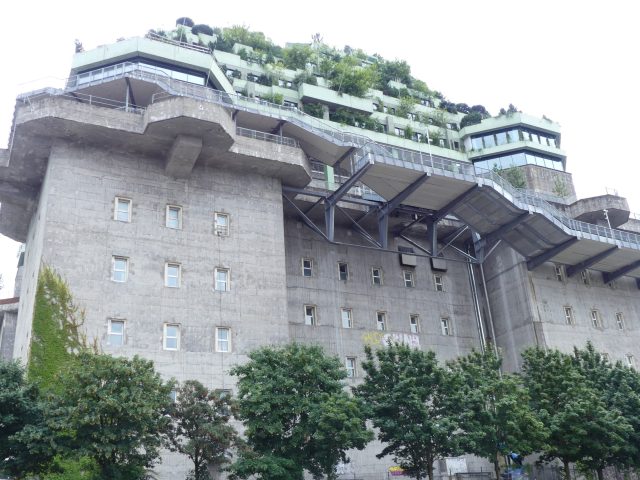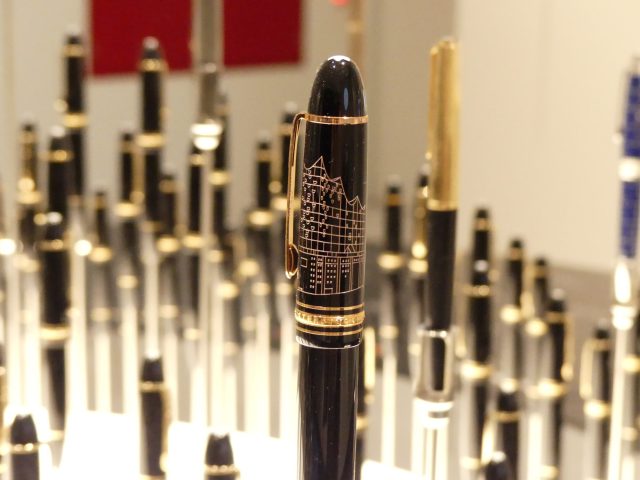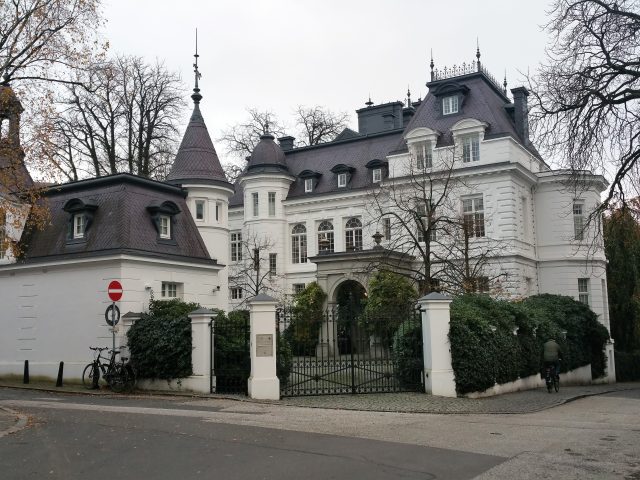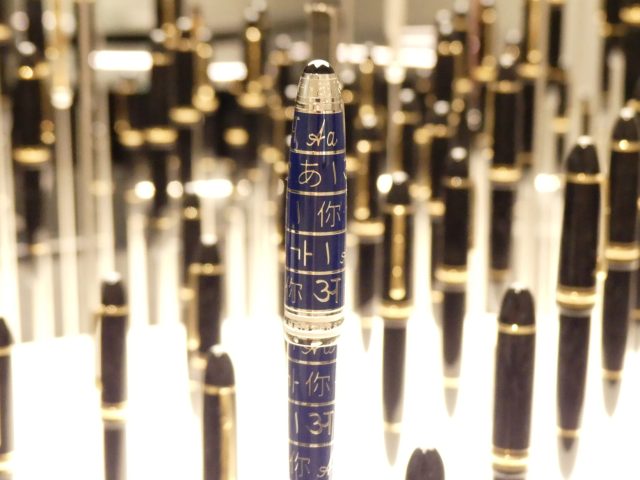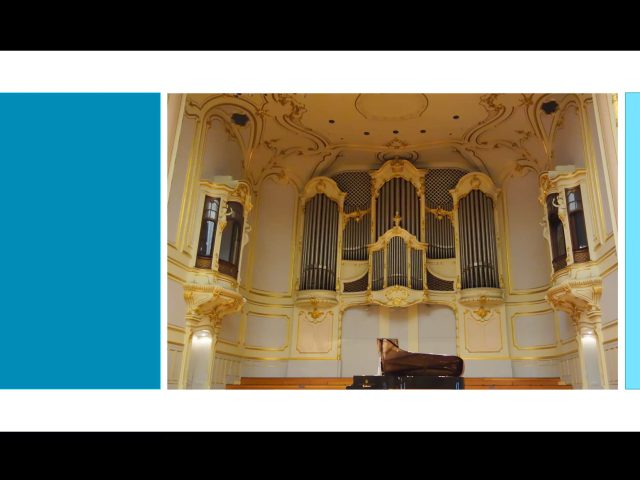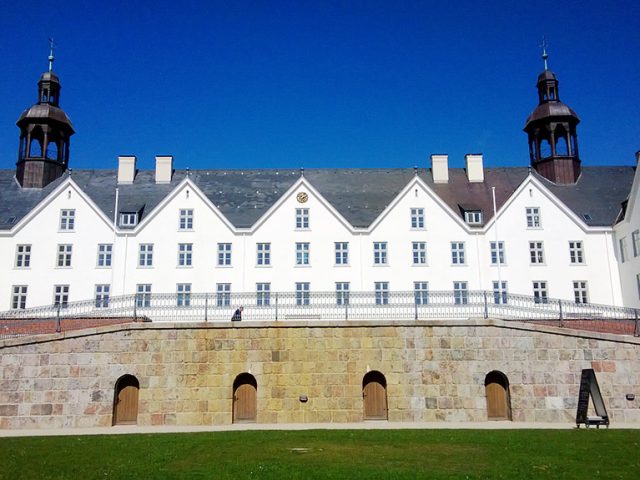No tour of Hamburg on the theme of emigration would be complete without mentioning the name Albert Ballin. That’s why we start our Hamburg tour at the Hotel Atlantic, which was built at the beginning of the 20th century by Albert Ballin as a hotel for first-class emigrants. The building has been a listed building since October 2010. Parts of the James Bond film The World Is Not Enough were filmed there. In 2011, the hotel was once again awarded the highest rating of five stars superior. Passing the former city fortifications from the 16th and 17th centuries, the Glockengießerwall, we reach the Ballinhaus, which today houses HAPAG-LLOYD and is also displayed in large golden letters. Albert Ballin took over the management of HAPAG (Hamburg-America Line) in 1888 and integrated the company into the emigration business as the Hamburg-America Line. In 1970, HAPAG merged with Germanischer Lloyd from Bremen to form HAPAG-LLOYD.
We head towards the harbour via Alstertor street, passing the Thalia Theatre, Gerhardt-Hauptmannplatz, Mönckebergstrasse and the Kontorhausviertel, where we come across the imposing Chilehaus building. Completed at the beginning of the 20th century, it reflects the prosperity that Hamburg merchants were able to achieve through overseas trade. A little further south is the Messberghof, formerly known as the Ballinhaus. Due to Albert Ballin’s Jewish ancestry, the building was renamed Meßberghof during the Nazi era.
Our city tour of Hamburg and emigration continues along Dovenfleet, over the Kornhausbrücke bridge and into the Speicherstadt. The largest warehouse complex on stilts in the world was built at the end of the 19th century – right in the middle of the waves of emigration – and is now a candidate for UNESCO World Heritage status. In the newly built Überseequartier, we can already smell the air of distant lands. This is where the two terminals of the Hamburg Cruise Centre are located. Here, modern emigration becomes visible. Directly opposite, on the southern bank of the Elbe, in the Hansahafen, ships used to depart, taking emigrants from the emigration halls – today’s Ballinstadt – to the large emigration ships bound for Cuxhaven.
This Hamburg tour takes us westwards through the ultra-modern HafenCity with the Elbphilharmonie concert hall, past the Überseebrücke bridge, which has been used by cruise ships and ferries to England since 1930, to the Landungsbrücken. Passengers for overseas travel were also cleared here. At Bridge 3, you will find more information about the Jewish emigrants who attempted to emigrate to Palestine on the M/S Exodus in 1947 but were not allowed to immigrate there.
After a final long walk along the Elbe, we reach the Altona Cruise Terminal, which stands directly next to the England ferry terminal that served the England ferry until 2002, serving as a contrast to the modern era of temporary emigration. Nothing on today’s ships reminds us of the hardships and difficulties that emigration by sea presented for emigrants at the end of the 19th and beginning of the 20th centuries. And so our tour of Hamburg and emigration comes to an end.
Brief information
Highlights
Hotel Atlantic, Ballindamm, Inner Alster Lake, Thalia Theatre, Chilehaus, Messberghof, Speicherstadt, HafenCity, Cruise Terminal, Elbphilharmonie, Landungsbrücken, Cruise Terminal Altona
Distance, approximate duration
3–4 hours
Starting
Hotel Atlantic
End
Cruise Terminal Altona
Transportation:
On foot and by harbour ferry, if desired.
Comments
This trip can be extended or shortened as desired.


